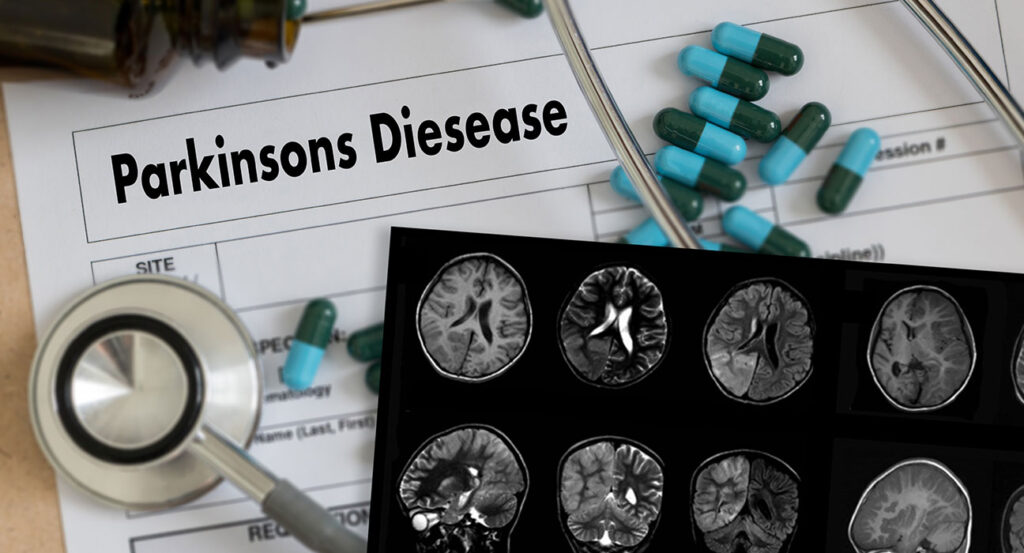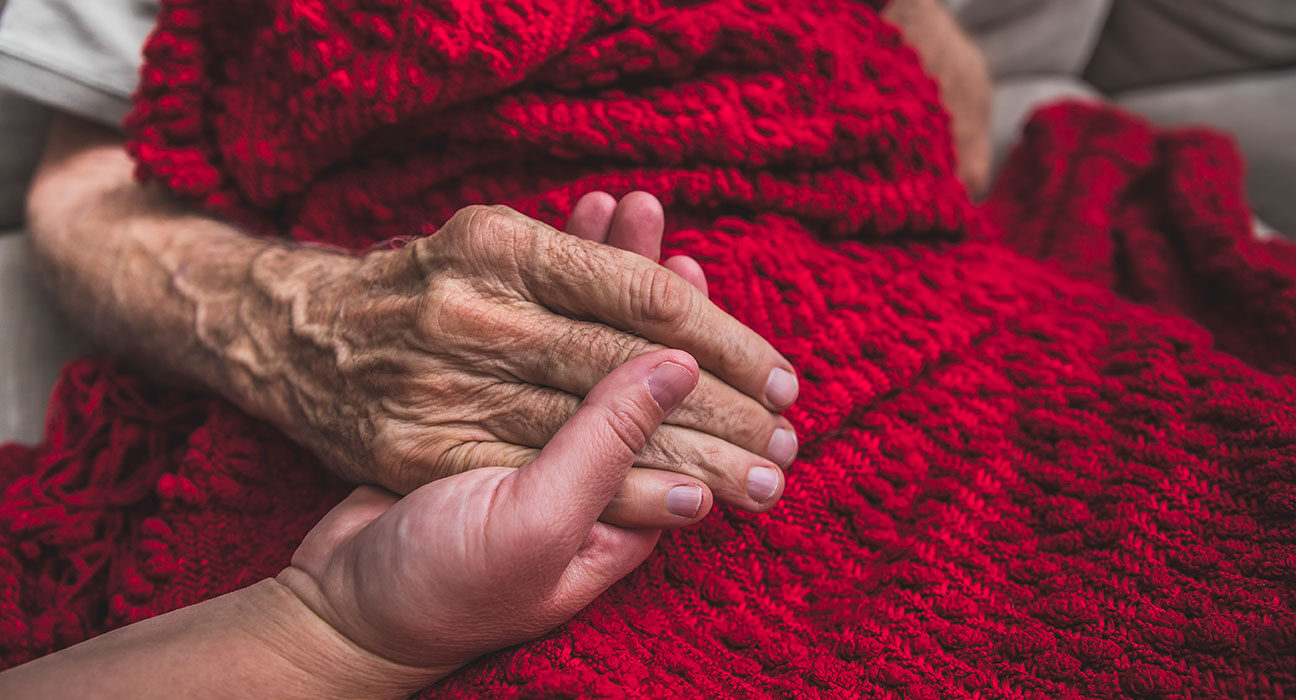The loss of nerve cells in the substantia nigra, a region of the brain, is what leads to Parkinson’s disease. Dopamine levels in the brain decrease as a result of this. The body’s ability to move is greatly influenced by dopamine. Many of the symptoms of Parkinson’s disease are brought on by a decrease in dopamine.
Uncertainty surrounds the exact reason why nerve cells are lost. The majority of specialists believe that hereditary and environmental factors work together to cause this. Although some persons with the condition experience their first symptoms as early as age 40, Parkinson’s disease symptoms typically begin to manifest in adults over the age of 50. Parkinson’s disease is a little more common in men than in women.
Medical Therapy Management For Parkinson’s Treatment
Although there is currently no cure for Parkinson’s disease, there are therapies that can help manage the main symptoms and prolong the quality of life.
These consist of supporting therapies like physiotherapy and occupational therapy, medications, and even brain surgery like DBS in Parkinson’s treatment.
Since symptoms of Parkinson’s disease are typically minor in the early stages, you might not need any treatment. However, in order to monitor your condition, you might need to schedule frequent consultations with your doctor.
Your age, general health, medical history, severity of the condition, type of condition, tolerance for particular medications, procedures, or therapies, expectations for the course of the condition, and your opinion or preference will all be taken into consideration by your doctor when determining the best course of treatment for your Parkinson’s disease.
We have not yet discovered a treatment for Parkinson’s disease using modern medication. However, the doctor will decide on an appropriate treatment plan based on the severity of the symptoms and your medical history. Parkinson’s disease treatment options include the following: Treatment options include prescription drugs, and surgery, as well as complementary and supportive therapies, including nutrition, exercise, physical therapy, occupational therapy, and speech therapy.
Parkinson’s disease symptoms might deteriorate with time, making it harder to carry out daily tasks on your own and requiring assistance more frequently. In contrast to the minority who may not respond as well to treatment and may eventually become more seriously crippled, many people respond well to treatment and only experience mild to moderate disability.
Parkinson’s disease doesn’t necessarily result in death, but it can put a lot of stress on the body and make certain people more susceptible to serious and life-threatening diseases. But thanks to improvements in medicine, most people with Parkinson’s disease now live normal or nearly normal lives.
Surgery For Parkinson’s Disease

Surgery is one option for treating Parkinson’s disease, and the doctor may suggest it depending on the severity of the condition and the patient’s medical history.
There are various surgical procedures that can benefit people with Parkinson’s disease. The majority of treatments are intended to alleviate the tremor or rigidity that the condition causes. Surgery may reduce the quantity of medication some individuals need to regulate their symptoms.
For Parkinson’s disease, three different surgical procedures, including the following, may be carried out:
- Lesion surgery (burning of tissue): In this procedure, deep regions of the brain are targeted, and vital regions that aid in motor control are given tiny lesions. In order to pinpoint the exact location of the lesion, the procedure may be performed on the patient while they are awake. To help manage or halt the part of the brain that is causing the tremor, the lesion is implanted.
- During this kind of surgery, a tiny electrode is inserted into the vital regions of the brain that assist in controlling movement. This procedure is known as deep brain stimulation (DBS). Wires are inserted under the skin to connect the electrode to a tiny battery in the chest wall. After that, the stimulator is activated, disrupting the brain’s regular information flow and perhaps easing Parkinson’s disease symptoms.
- Neural grafting or tissue transplants – Finding a substitute for the portion of the brain that Parkinson’s disease affects negatively by neural grafting or tissue transplants is the subject of experimental research.
Symptoms Of Parkinson’s
Parkinson’s disease symptoms typically start out mild and worsen with time. Parkinson’s disease is accompanied by a wide variety of symptoms. However, the timing of events as well as their intensity vary from person to person. It’s improbable that someone with Parkinson’s disease will experience all or the majority of these.
The main symptoms include:
- Shaking known as tremor is more common in the hand or arm and is more likely to happen when the limb is at rest and relaxed.
- The slowness of movement (bradykinesia) refers to the body moving significantly more slowly than usual, which can make daily tasks challenging and cause a recognizable slow, shuffling walk with extremely short steps.
- Muscular stiffness (rigidity) is the term for the muscles’ tension and stiffness, which can make it difficult to move and emote facially and cause excruciating muscle cramps (dystonia).
Sometimes clinicians will use the term “parkinsonism” to describe these primary symptoms.
Other physical symptoms include:
- Balance issues might increase the likelihood that a person with the illness will fall and hurt themself.
- Anosmia, the loss of smell, can occasionally emerge years before other symptoms do.
- Nerve discomfort – can result in unpleasant feelings like burning, numbness, or freezing.
- Issues with urination, such as the need to regularly get up during the night to urinate or accidentally urinating (urinary incontinence)
- Constipation
- A man’s inability to maintain or get an erection (also known as erectile dysfunction)
- The inability of women to become sexually aroused and experience an orgasm (sexual dysfunction)
- A quick drop in blood pressure can produce dizziness, blurred vision, or fainting when changing from a sitting or laying position to a standing one.
- Excessive perspiration (hyperhidrosis)
- Dysphagia, or trouble swallowing, can result in malnutrition and dehydration.
- Salivation that is excessive (drooling)
- Insomnia is a sleep disorder that can cause excessive daytime tiredness.
Cognitive and psychiatric symptoms include:
- Anxiety and depression
- Mild cognitive impairment: minor memory issues and difficulties with organizing and planning activities
- Dementia is a group of symptoms that include progressively severe memory issues, personality changes, seeing things that aren’t there (visual hallucinations), and believing things that aren’t true (delusions)
Diagnosis Of Parkinson’s Disease
Parkinson’s disease cannot be diagnosed with absolute certainty by any test. Your symptoms, medical history, and a thorough physical examination will all be taken into account when making a diagnosis. Your doctor will discuss the issues you’re having with you and might ask you to carry out some easy mental or physical exercises, like moving or walking about, to aid in the diagnosis.
Because symptoms are typically minor in the early stages, your doctor may find it challenging to determine whether you have the condition for sure.
You will be sent to a specialist if your general practitioner detects Parkinson’s disease.
Typically, this will be
- A neurologist, who specializes in disorders of the neurological system and brain
- A geriatrician, a specialist in issues relating to the elderly
The specialist will probably ask you to carry out a variety of physical activities so they can determine whether you have any movement issues. To try to rule out alternative explanations of your symptoms, specialized brain scans like a single photon emission computed tomography (SPECT) scan may also be performed in some circumstances.
Receiving the diagnosis of Parkinson’s disease can be emotionally upsetting, and it’s not always easy to process the information. The discovery of Parkinson’s disease alters one’s entire life. To manage your symptoms, you’ll require long-term therapy, and you could eventually need to change how you go about performing routine daily activities.
Although each person’s experience of living with Parkinson’s is unique, there are numerous problems and difficulties that many Parkinson’s patients face.
It is crucial that you have the support of your family and a care team that can assist you in accepting the diagnosis so that you can go forward.
References:


Leave feedback about this